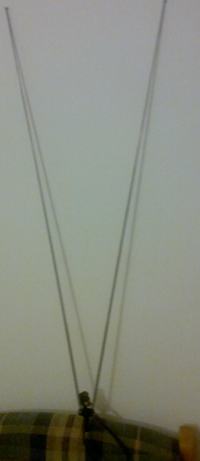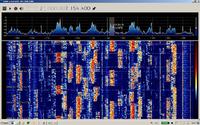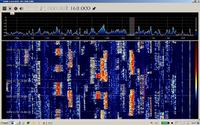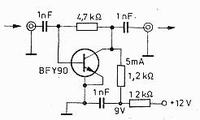Attached is my antenna. It was added to the set with the 1985 Otake color TV set that is still operating today. Unfortunately, only in a few days I will be able to test its cooperation with the dongl, because only then will I have the MCX-> RF adapter. The telescopes are adjustable in length from 24.5 cm to 112 cm. Unfortunately, for example, in the case of receiving digital TV in Warsaw, this antenna works poorly - it only allows the reception of MUX3 and with cuts. And planes on 1090 MHz I managed to pick up even on this "stick" attached to the dongle - and without exposing it to the outside.

However, I repeat the question from my post # 963 - maybe someone has already successfully decoded their own calls and SMSs using the SDR dongle and airprobe software?

However, I repeat the question from my post # 963 - maybe someone has already successfully decoded their own calls and SMSs using the SDR dongle and airprobe software?





